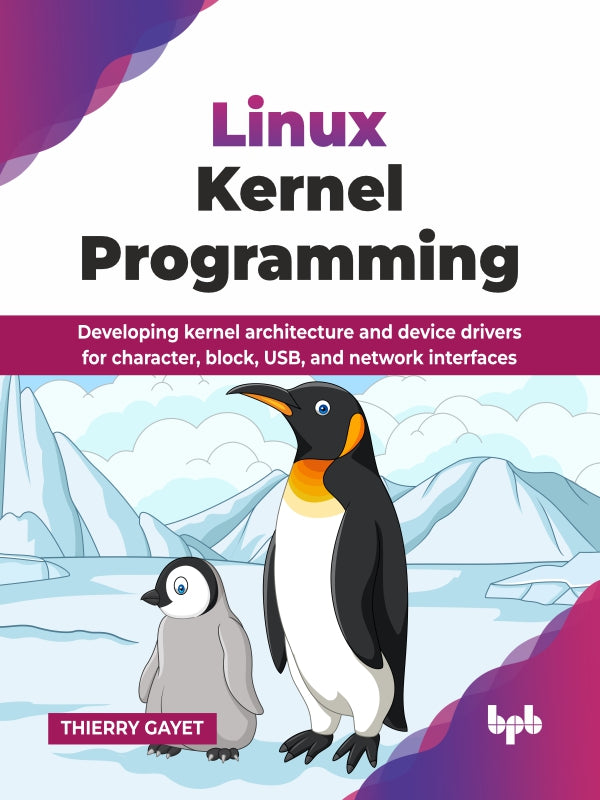
Linux Kernel Programming
ISBN: 9789365897364
eISBN: 9789365897913
Authors: THIERRY GAYET
Rights: Worldwide
Edition: 2025
Pages: 462
Dimension: 7.5*9.25 Inches
Book Type: Paperback
DESCRIPTION
TABLE OF CONTENTS
ABOUT THE AUTHORS
Choose options

Linux Kernel Programming
Sale priceRs. 1,099

